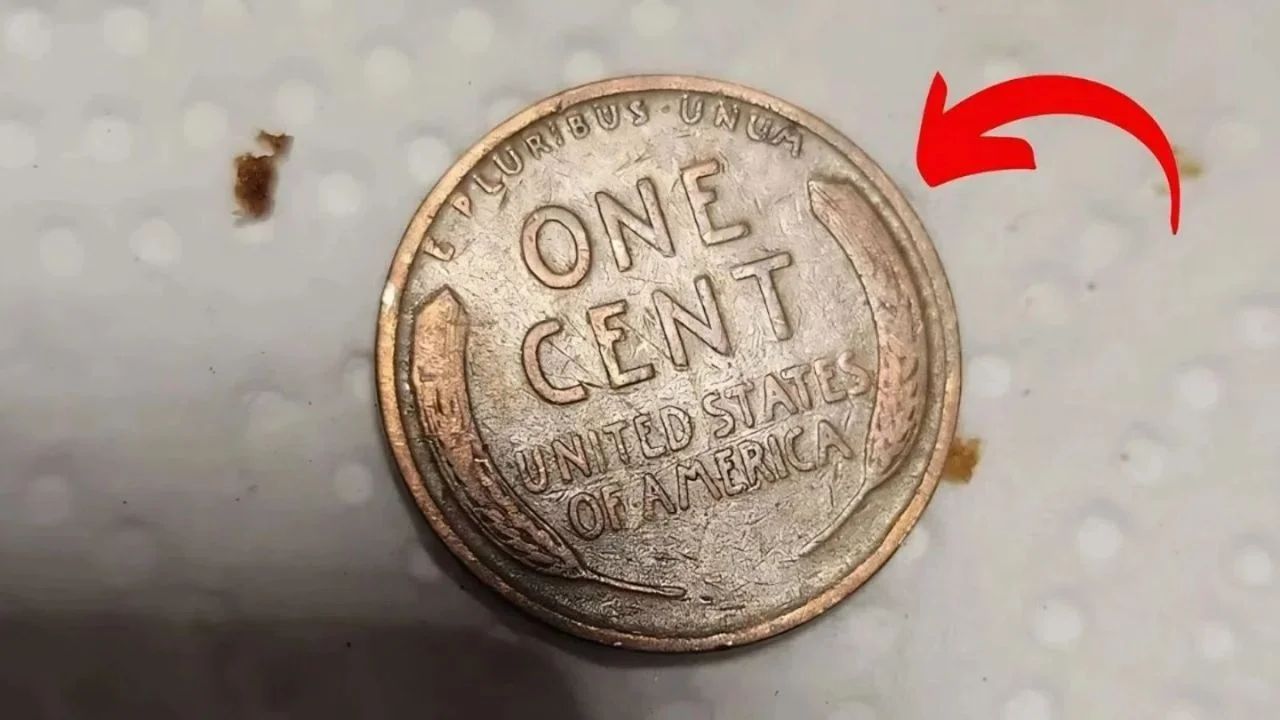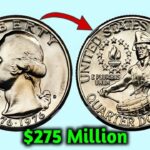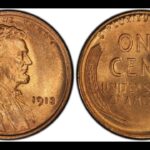In the fascinating world of numismatics, the Lincoln Wheat Penny holds a special place. First introduced in 1909 to honor President Abraham Lincoln’s 100th birthday, this iconic penny has been a beloved collector’s item for over a century. Known for its distinctive wheat stalk design on the reverse, the Lincoln Wheat Penny is much more than just currency—it’s a symbol of American history and resilience.
The Rich History Behind the Lincoln Wheat Penny
Often called the “Wheatie,” the Lincoln Wheat Penny was the first U.S. coin to feature a real person—President Abraham Lincoln. Crafted by artist Victor D. Brenner, its obverse displays a detailed portrait of Lincoln, while the back showcases two elegant wheat ears framing the words “ONE CENT.” This classic design remained unchanged until 1958, when the Lincoln Memorial replaced the wheat stalks.
Throughout its production, the coin stood as a steady companion to Americans, particularly during tough times like the Great Depression and World Wars, offering an affordable piece of history that everyday people could hold and treasure.
Composition and Rare Variations of the Lincoln Wheat Penny
From 1909 through 1982, most pennies were primarily made from copper. However, the unique circumstances of World War II led to a notable exception. In 1943, due to copper shortages, the U.S. Mint produced pennies on zinc-coated steel planchets—giving these coins a distinctive silver-gray look.
What’s truly fascinating for collectors is the existence of a handful of 1943 Lincoln Wheat Pennies mistakenly struck on bronze planchets leftover from 1942. These rare “error coins” are among the most valuable and sought-after in American numismatics.
The $1.5 Million Lincoln Wheat Penny: What Makes It So Valuable?
One particular 1943 bronze Lincoln Wheat Penny is rumored to be worth around $1.5 million. Here’s why this penny commands such an extraordinary price:
Also Read – DWP State Pension Increase 2025: New Pension Rates, Triple Lock Impact & How Much You’ll Get
- Minting Error: While the U.S. Mint intended all 1943 pennies to be steel, a few bronze planchets were accidentally used, creating an incredibly rare error coin.
- Extreme Scarcity: Less than 20 genuine 1943 bronze Lincoln Wheat Pennies are known worldwide, making them nearly impossible to find.
- Condition and Certification: Coins authenticated and graded by trusted services such as PCGS or NGC, especially those in excellent condition, attract top bids.
Could You Still Find a Million-Dollar Penny in Circulation?
One of the most thrilling possibilities in coin collecting is that this rare, multi-million-dollar Lincoln Wheat Penny might still be out there—hidden in a jar of coins, an attic collection, or even passing unnoticed in daily transactions. Stories of lucky collectors discovering valuable Wheaties keep the excitement alive.
How to Identify a 1943 Bronze Lincoln Wheat Penny
If you suspect you might own a rare Lincoln Wheat Penny, here are some easy ways to check:
- Check the Date: Focus on pennies dated 1943, which are typically steel. Any copper-colored penny from this year could be the rare bronze variety.
- Magnet Test: Steel pennies will stick to a magnet; bronze pennies will not.
- Color Observation: Bronze coins have a reddish-brown hue, unlike the silver-gray steel pennies.
- Weight Difference: Bronze pennies weigh about 3.11 grams, while steel pennies are lighter, around 2.7 grams.
- Professional Verification: If your penny meets these criteria, get it authenticated by a reputable grading service.
Beware of Fake Lincoln Wheat Pennies
The high value of rare Lincoln Wheat Pennies has unfortunately led to counterfeits and altered coins in the market. Some counterfeiters modify dates or plating to mimic rare versions. Always buy and sell through trusted dealers and seek professional grading to avoid scams.
Other Noteworthy Lincoln Wheat Penny Varieties
While the 1943 bronze penny is the star of the show, several other Lincoln Wheat Pennies are prized by collectors:
- 1909-S VDB: The first year of issue, minted in San Francisco, featuring designer Brenner’s initials.
- 1914-D: A rare Denver Mint coin valued highly in good condition.
- 1922 No D: A famous mintmark error coin.
- 1955 Doubled Die: Known for its doubled date and lettering, a favorite collectible.
Starting Your Lincoln Wheat Penny Collection
For new coin collectors, the Lincoln Wheat Penny is an excellent entry point. Here are some tips to begin:
- Search Coin Rolls: Check penny rolls from banks or personal change.
- Use Coin Folders: Organize and protect your finds.
- Learn About Mintmarks and Errors: Understanding these details adds value.
- Join Collector Communities: Forums and clubs offer valuable advice and camaraderie.
Final Thoughts: Your Next Treasure Could Be a Lincoln Wheat Penny
The Lincoln Wheat Penny is more than just a coin—it’s a piece of American heritage and a potential treasure. Whether you’re an experienced collector or just curious, the chance of finding a rare 1943 bronze penny adds a sense of wonder to every penny you come across. So, next time you spot an old penny, take a closer look—you might just be holding history worth a fortune.
FAQs About the Lincoln Wheat Penny
- What is a Lincoln Wheat Penny?
A penny minted from 1909 to 1958, featuring Abraham Lincoln on the front and wheat stalks on the back. - Why is the 1943 bronze Lincoln Wheat Penny so valuable?
It’s an ultra-rare error coin minted on bronze instead of steel during a year when pennies were made from steel, with fewer than 20 known. - How can I identify a valuable Lincoln Wheat Penny?
Check the date, magnet test, color, weight, and seek professional authentication. - Where can I sell a rare Lincoln Wheat Penny?
Reputable coin dealers, auction houses, or coin shows are the best places to sell, especially if graded. - Are all Lincoln Wheat Pennies valuable?
No, but many pre-1930s coins and rare errors can be highly valuable depending on condition.
Keep your eyes peeled—you never know when a simple Lincoln Wheat Penny might unlock a million-dollar mystery!
Some Important Link
| Telegram Group | Click Here |
| WhatsApp Group | Click Here |
| Home Page | Click Here |










